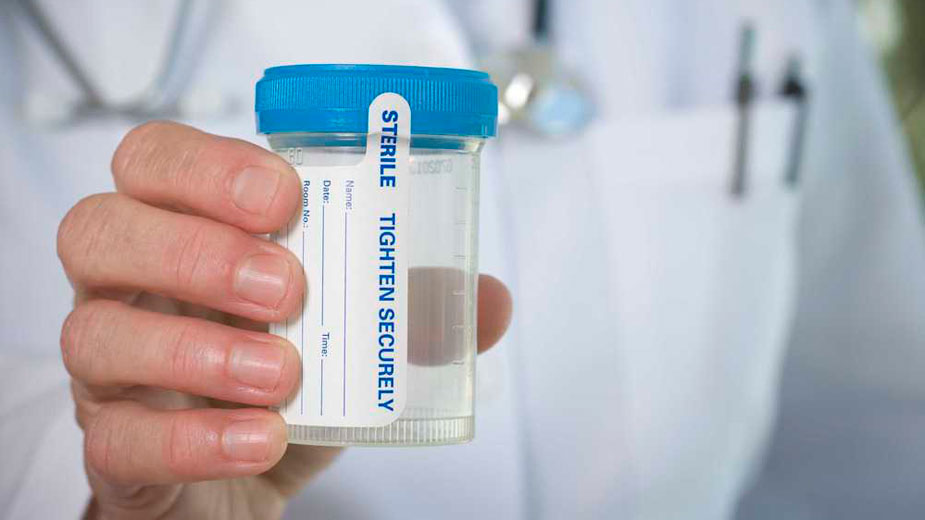More Workers Test Positive for Illicit Drug Use
SECAUCUS, N.J — The rate of workers testing positive for illegal drug use hit a 14-year high in 2018, according to a new analysis released this week by Quest Diagnostics.
Positivity rates in the combined U.S. workforce increased nearly 5% in urine drug tests (4.2% in 2017 versus 4.4% in 2018), climbing to the highest level since 2004 (4.5%) and are now more than 25% higher than the 30-year low of 3.5% recorded between 2010 and 2012.
The findings were unveiled at the Drug and Alcohol Testing Industry Association annual conference in Chicago.
Marijuana continues to top the list of the most commonly detected illicit substances across all workforce categories and specimen types, Quest Diagnostics reports.
“Our in-depth analysis shows that marijuana is not only present in our workforce, but use continues to increase,” warned Barry Sample, senior director, science and technology, Quest Diagnostics. “As marijuana policy changes, and employers consider strategies to protect their employees, customers and general public, employers should weigh the risks that drug use, including marijuana, poses to their business.”
An interactive map with positivity rates and trend lines by three-digit zip codes is posted at DTIDrugMap.com. It shows that the percentage of workers failing drug tests in the Mahoning and Shenango valleys is 2.5% to 3.5%, which is lower than the national average, 4.4%, and the Ohio and Pennsylvania average of 4%.
In the general U.S. workforce, the positivity rate for opiates in urine drug testing declined across all opiate categories. Among the general workforce screening for opiates (mostly codeine and morphine), positivity declined nearly 21% between 2017 and 2018 (0.39% versus 0.31%), the largest drop in three years and nearly a 37% decrease since the peak in 2015 (0.49%).
Among the more specific tests for other prescription opiates, the positivity for the semi-synthetic opiates (hydrocodone and/or hydromorphone) declined 2% percent between 2017 and 2018 and 43% since the five-year high in 2014. Similarly, the positivity for oxycodones declined more than 29% between 2017 and 2018 and more than 46% since the five-year high in 2014 (0.80%).
Urine drug test results for heroin declined 6% and more than 16% since its peak in 2015 and 2016 (0.037%). Cocaine positivity declined nearly 7% in urine and more than 19% in oral fluid testing, but increased slightly year-over-year (6.3%) in hair testing.
Both heroin and cocaine positivity in the federally mandated, safety-sensitive workforce showed large declines between 2017 and 2018. Heroin positivity declined nearly 32 percent between 2017 and 2018 (0.019% versus 0.013%), with a decrease of more than 43 percent since 2015 (0.023%). 2018 positivity for cocaine declined nearly ten percent compared with 2017 (0.31% versus 0.28%), when the positivity rate was the highest in more than five years.
In the federally mandated safety-sensitive workforce, post-accident positivity in the general U.S. workforce climbed 9% year-over-year (7.7% in 2017 versus 8.4% in 2018), and 29% over five years. The post-accident positivity rate has risen annually since 2011 in the general U.S. workforce and since 2010 in the federally mandated, safety-sensitive workforce.
“Increases in post-accident positivity among safety-sensitive workers should serve as a warning to employers that employee drug use may increase the risk of workforce accidents or injuries,” said Kimberly Samano, scientific director, Quest Diagnostics. “Our analysis suggests that employers committed to creating a safe, drug-free work environment should incorporate strategies that monitor drug use above and beyond pre-employment drug screening.”
SOURCE: QuestDiagnostics.com
Copyright 2024 The Business Journal, Youngstown, Ohio.



